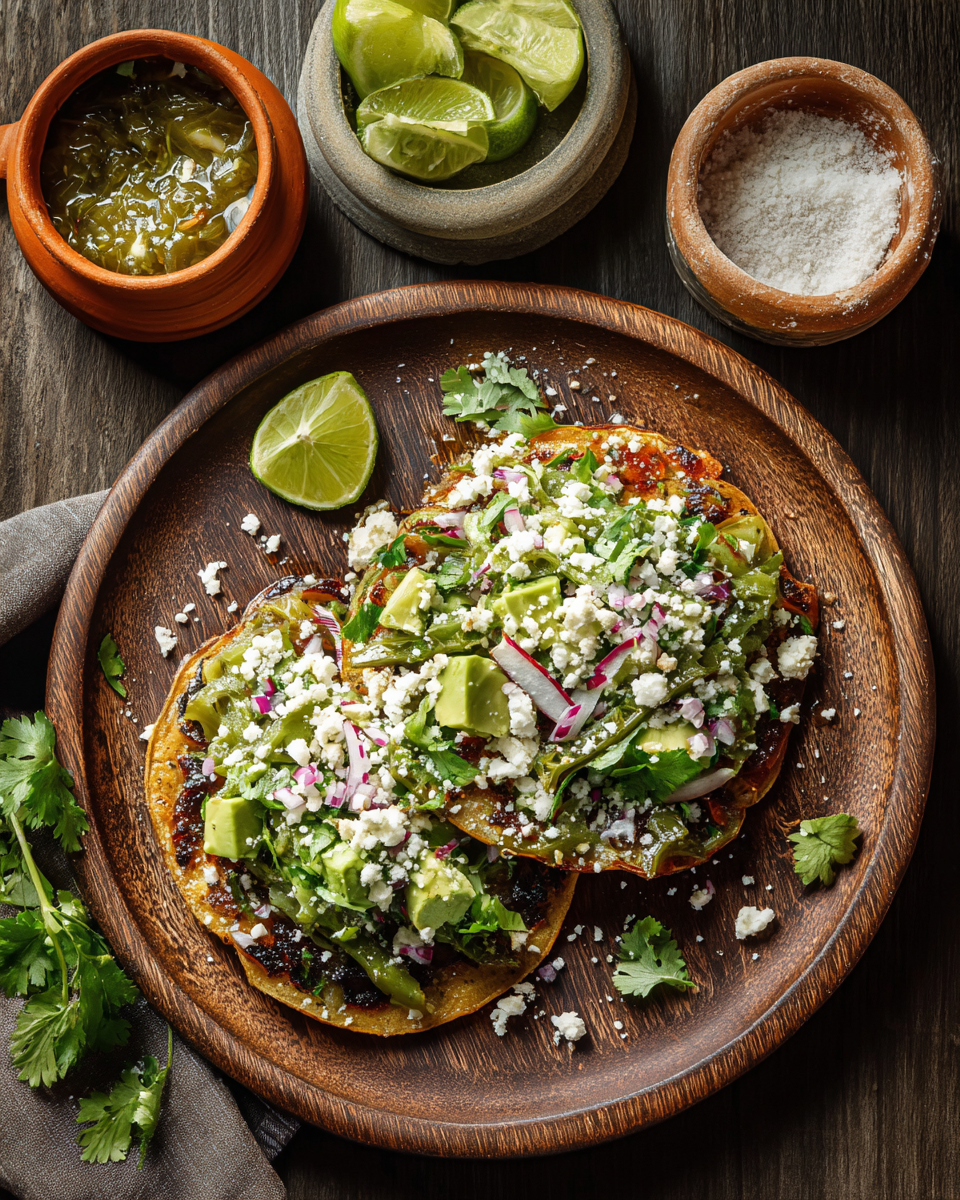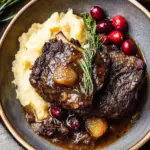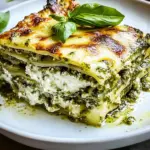The huarache is a humble but powerful canvas of Mexican cuisine, traditionally made from masa and shaped like a sandal. In this decolonized, plant-based twist, grilled cactus paddles take the place of masa to form the “sole,” carrying an earthy combination of black beans, zesty chipotle salsa, and creamy queso fresco.
This nourishing dish blends Indigenous roots and modern wellness. It’s a celebration of ancestral knowledge, using ingredients that have nourished generations. Ideal for a wholesome lunch or a vibrant weekend dinner, these Huaraches de Nopal connect you to a deeper culinary story — one of health, culture, and resistance.
Full recipe:
Ingredients:
-
8 medium nopal (cactus) paddles, cleaned and de-spined
-
1 tablespoon extra virgin coconut oil
-
4 cups cooked Black Velvet Beans (or any black beans, mashed)
-
4 cups shredded red cabbage slaw or lettuce
-
Chipotle salsa (store-bought or homemade), to taste
-
6 oz crumbled queso fresco
Directions:
-
Bring a large pot of water to a boil over high heat. Add the cleaned nopales and boil for about 5 minutes.
-
Drain and rinse under cool water, then pat dry.
-
Lightly score each paddle and brush both sides with coconut oil.
-
Heat a dry griddle over high heat. Grill the nopales in batches without overcrowding. Cook each side for 3–5 minutes until they blister slightly. Set aside.
-
In a frying pan over medium heat, mash the cooked beans and heat them for about 5 minutes until they form a loose paste.
-
Lay the grilled nopales on a serving platter. Spread a generous layer of mashed beans on each paddle.
-
Top each with slaw or shredded lettuce, a spoonful of chipotle salsa, and a sprinkle of crumbled queso fresco.
-
Serve warm, optionally adding avocado slices or radish for garnish.
Prep Time: 15 minutes | Cooking Time: 20 minutes | Total Time: 35 minutes
Kcal: 185 kcal per serving | Servings: 4 servings
What Makes This Dish Stand Out
Unlike typical Mexican street foods like tacos or tostadas, huaraches—named for their resemblance to the traditional leather sandals worn in rural Mexico—serve as a symbolic reminder of humble beginnings and agricultural sustenance. In this version, using a cactus paddle in place of corn masa honors a deeper ancestral connection to land and food. It is a dish that’s not only nourishing for the body, but also healing for the cultural spirit.
Nopal is harvested from the prickly pear cactus and is widely known for its mucilaginous (slimy) texture when raw, which turns into a savory, earthy base when cooked properly. Grilling the paddles transforms their texture and flavor, enhancing their smokiness while reducing their moisture content. This makes them ideal as a sturdy base that can hold hearty toppings like mashed black beans, vibrant red cabbage slaw, tangy chipotle salsa, and crumbled queso fresco.
This reinvention is more than a twist on tradition—it’s a culinary statement. By incorporating nopal, the dish celebrates Indigenous resilience, biodiversity, and a more sustainable approach to food.
Health Benefits of Nopal Cactus
The nopal cactus isn’t just historically important; it’s also a powerhouse of nutrition. Often touted as a superfood, it contains high levels of dietary fiber, antioxidants, and essential vitamins like vitamin A, C, and B-complex. It’s particularly beneficial for people managing blood sugar levels, as it has been shown to reduce glucose spikes when consumed with a balanced diet.
The paddles are also rich in calcium, potassium, and magnesium, making them an excellent food for bone health and heart function. Nopal’s anti-inflammatory and cholesterol-lowering properties make it an excellent choice for those on plant-based or heart-healthy diets.
Furthermore, the low caloric content of nopal, combined with its high fiber, can help in weight management and improve digestion. This makes it a wholesome base that contributes far more than just texture to this dish.
Why This Dish is Perfect for a Plant-Based Diet
Huaraches de Nopal is a remarkable example of how traditional recipes can be adapted to meet contemporary dietary preferences. Whether you’re vegan, vegetarian, or simply looking to reduce your meat intake, this dish offers a satisfying and complete meal. The black beans provide protein and fiber, while the slaw adds crunch and freshness. Salsa lends heat and acidity, and the queso fresco, while optional, delivers a creamy counterbalance that rounds out the flavor profile.
Plant-based diets are gaining popularity for ethical, environmental, and health-related reasons. However, many people struggle to find culturally relevant recipes that meet their nutritional needs. Huaraches de Nopal provides an answer to that dilemma. It’s flavorful, hearty, and deeply rooted in tradition—showing that plant-based meals can be both meaningful and delicious.
In addition to its nutritional perks, this dish is incredibly versatile. You can top it with different vegetables, swap in vegan cheese, or even add grilled tofu or tempeh for additional protein. This flexibility allows it to fit easily into many types of meal plans, from low-carb to gluten-free.
Decolonize Your Diet: The Philosophy Behind the Plate
The phrase “decolonize your diet” has gained traction in wellness and food justice circles in recent years. But what does it really mean in the context of this dish?
To decolonize your diet is to make a conscious effort to return to traditional foods that sustained Indigenous people for generations before colonization. In many Latin American countries, the Spanish conquest brought radical changes to agriculture, food systems, and culinary traditions. Wheat, beef, and dairy were introduced, replacing native grains, fruits, and vegetables like amaranth, maize, squash, and yes—nopal.
Huaraches de Nopal is a radical return to Indigenous wisdom. It’s an act of culinary activism that resists the homogenization of food culture. It elevates an ingredient that has often been dismissed or overlooked, especially in modern culinary scenes. In doing so, it reclaims identity, history, and the intrinsic value of native foods.
This dish is featured in Decolonize Your Diet: Plant-Based Mexican-American Recipes for Health and Healing by Luz Calvo and Catriona Rueda Esquibel. The cookbook is a pivotal resource that blends food, politics, and ancestral healing into one holistic approach. The authors encourage readers to not only eat healthier but to do so in a way that uplifts cultural heritage and resists systemic erasure.
How Huaraches de Nopal Fit Into Everyday Life
While this dish may sound elaborate or ceremonial, it’s actually quite easy to make and perfect for weeknight meals or casual gatherings. Its preparation is straightforward and requires minimal cooking time, especially if the beans and salsa are pre-made. You can even grill the nopales outdoors during summer barbecues or cook them on a stovetop griddle for a quick indoor meal.
Because the recipe does not rely on processed ingredients or complex seasonings, it’s an excellent gateway dish for those unfamiliar with nopal or Mexican cuisine beyond the usual suspects like tacos and enchiladas. It introduces new textures and flavors in a way that feels familiar thanks to the toppings—salsa, beans, and cheese are universally comforting.
For meal preppers, the components of the dish can be made in advance. Nopales can be grilled and stored in the fridge, beans mashed and seasoned, and slaw prepped ahead of time. This allows for easy assembly during the week, making it ideal for busy households.
Visual and Flavor Aesthetics
There’s something undeniably beautiful about the final presentation of Huaraches de Nopal. The deep green cactus paddles provide a vibrant base, while the dark black beans and red-purple cabbage slaw create a rainbow of contrast. Drizzles of smoky chipotle salsa and snowy crumbles of queso fresco finish the plate with both texture and aesthetic appeal.
The taste is equally balanced. Earthy beans meet the slightly tangy flavor of grilled nopal, while the salsa adds smokiness and spice. The slaw offers crunch and freshness, preventing the dish from feeling too heavy. If you opt for cheese, it adds creaminess that enhances all the other elements.
These huaraches are a feast not only for the palate but also for the eyes—an edible tribute to Mexico’s botanical and culinary diversity.
Conclusion: More Than Just a Meal
Huaraches de Nopal are far more than a creative vegetarian twist on a traditional dish—they are a celebration of culture, nutrition, and mindful eating. They serve as a reminder of the incredible depth of Indigenous culinary traditions and the wisdom that can be found in ancestral diets. Whether you’re making them to reconnect with heritage, explore new flavors, or nourish your body with wholesome plant-based food, this dish delivers on all fronts.
In today’s fast-paced world, recipes like this ground us. They invite us to slow down, reflect, and taste the stories embedded in each ingredient. Choosing to cook and eat meals like Huaraches de Nopal is not just about health or flavor—it’s about honoring a lineage, reviving food traditions, and resisting culinary erasure.
So the next time you plan your plant-based meals or look to diversify your recipe rotation, let Huaraches de Nopal remind you of the beauty of simplicity, the power of tradition, and the resilience found in every bite of cactus, beans, and salsa.






